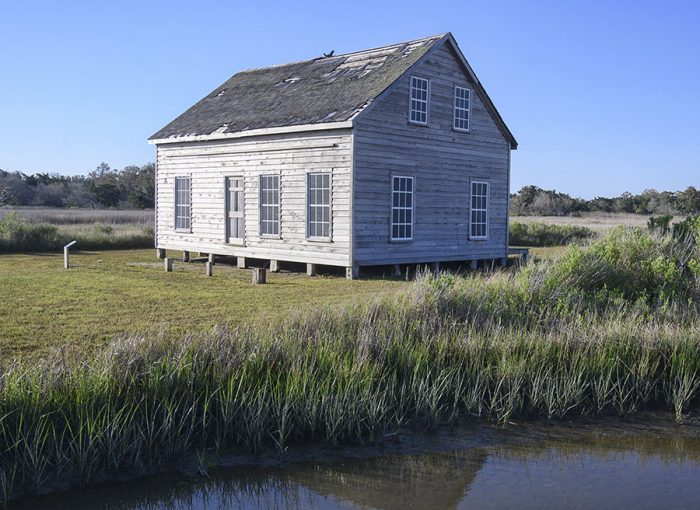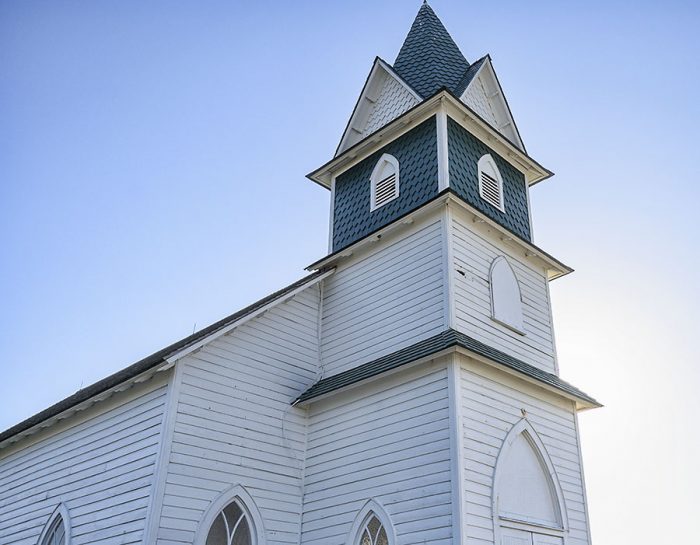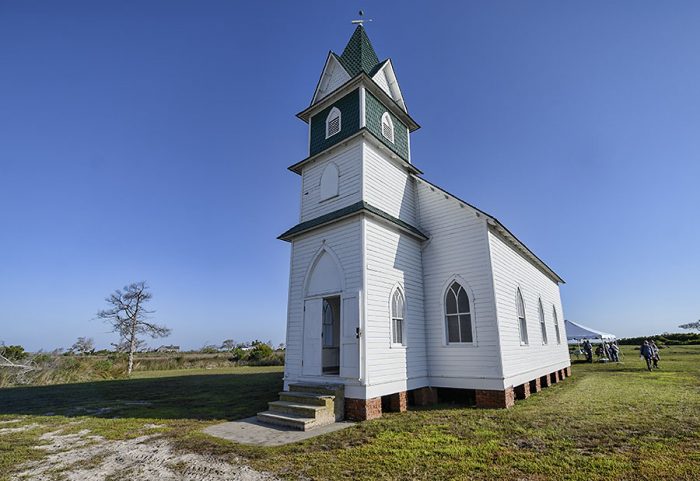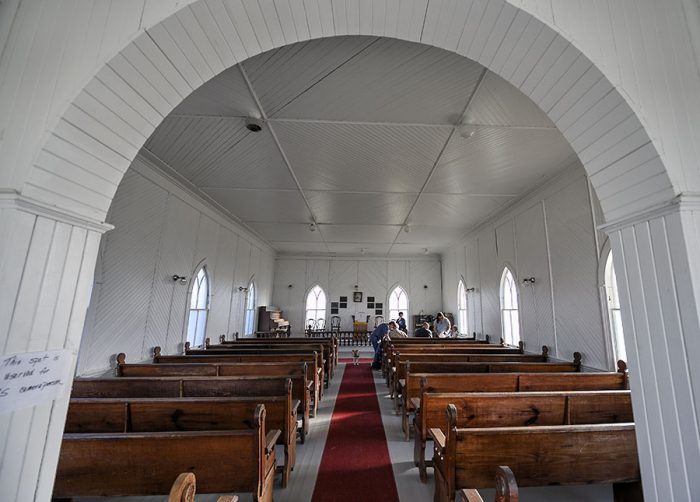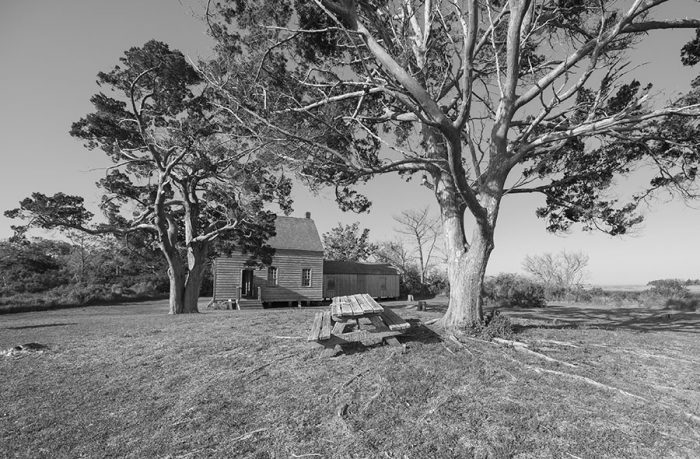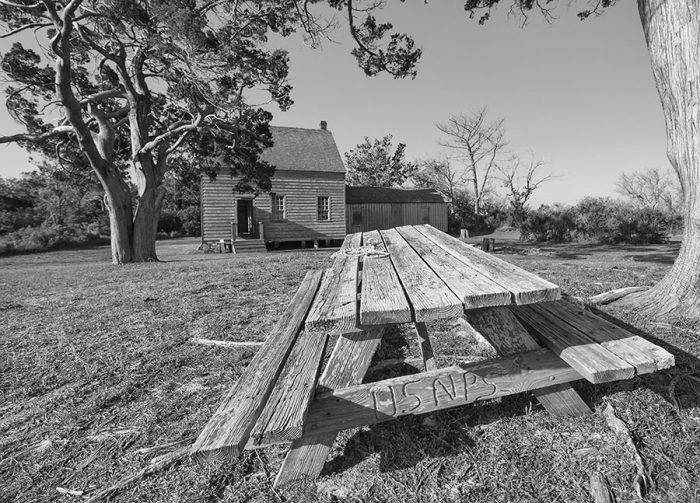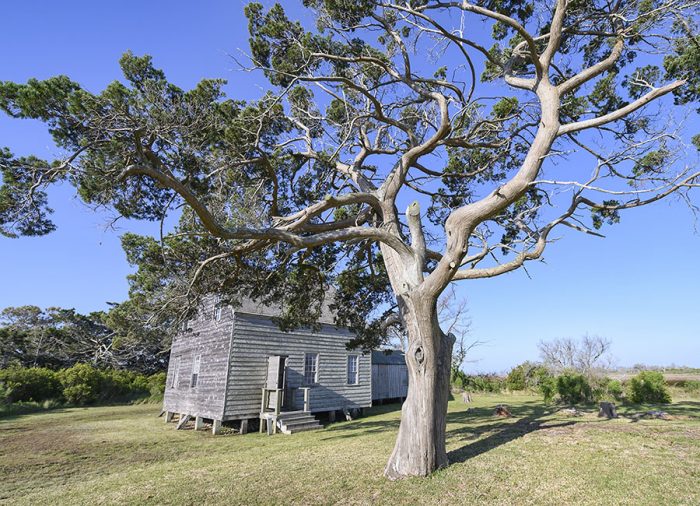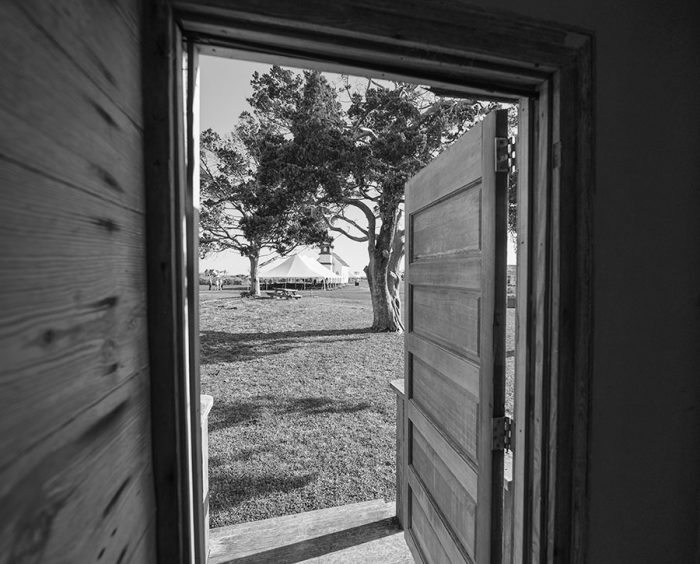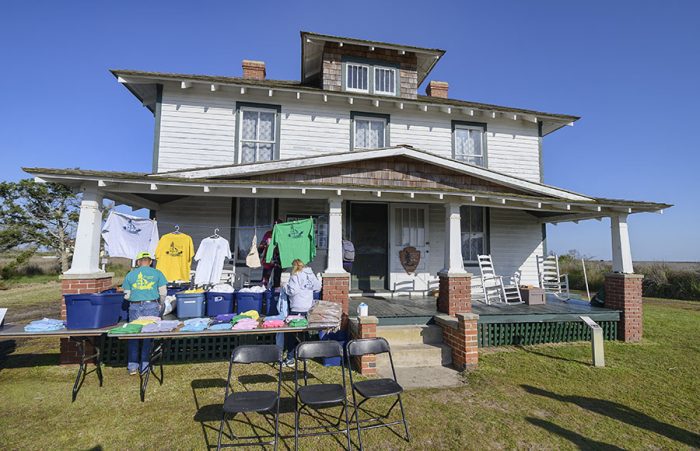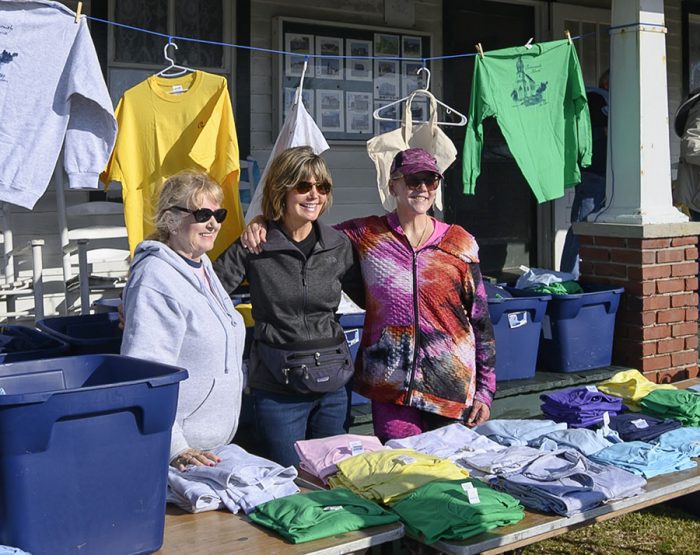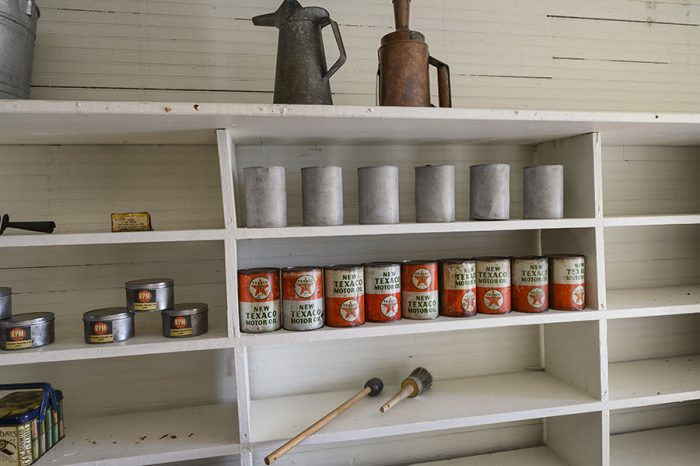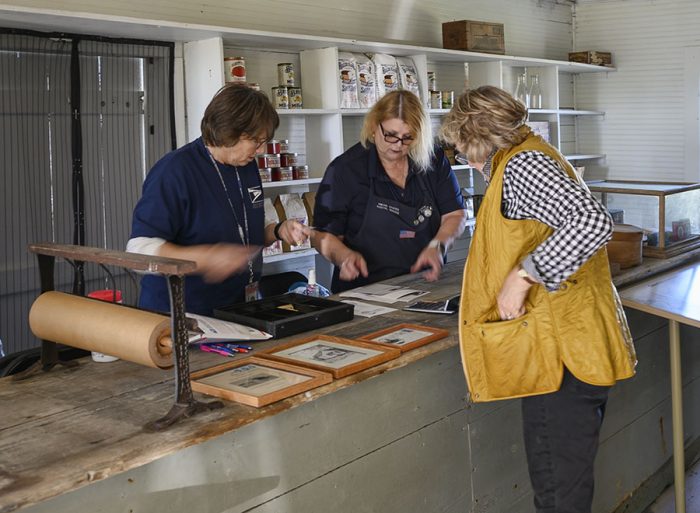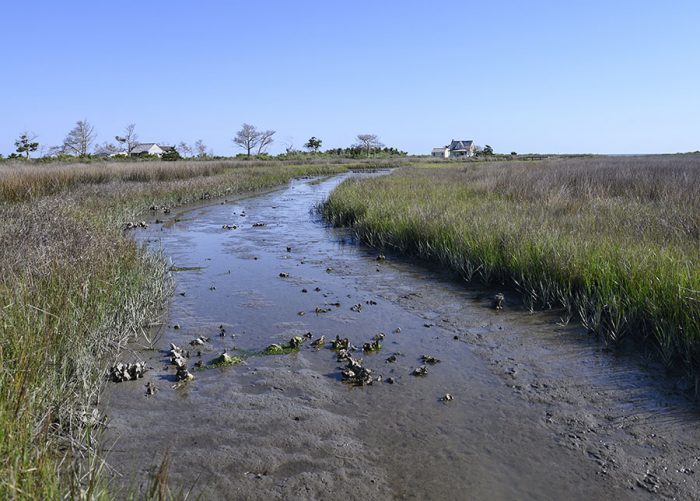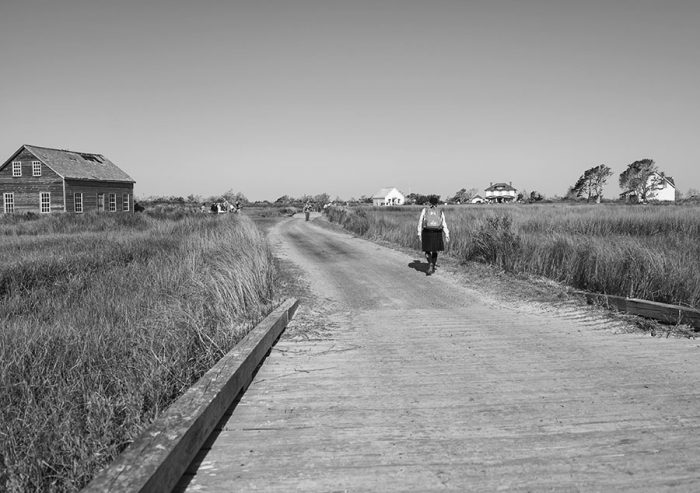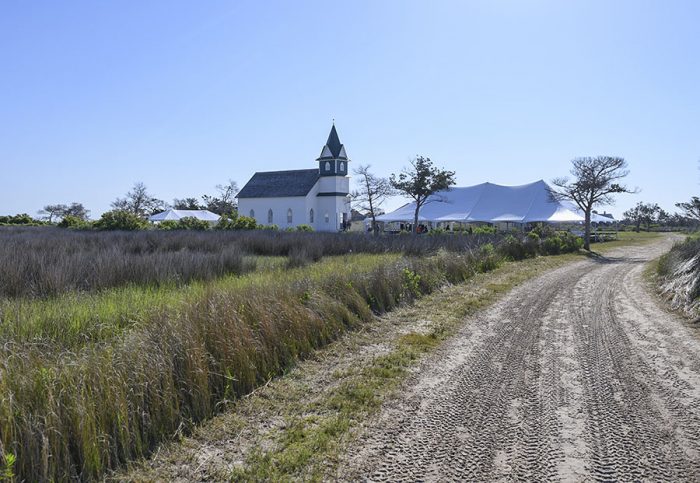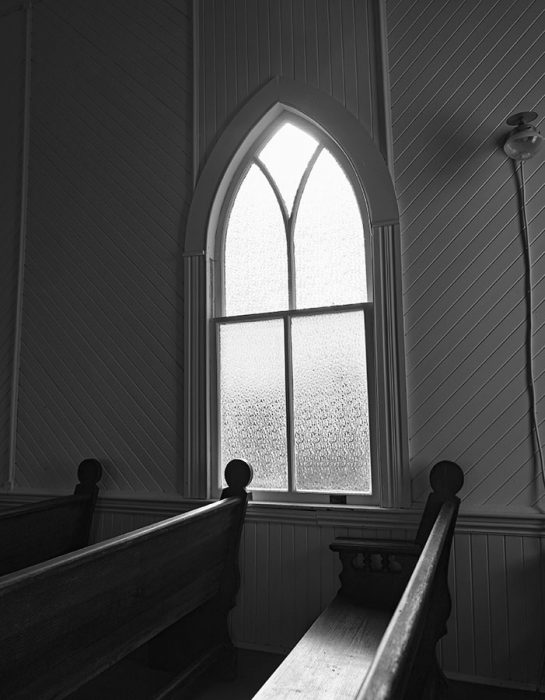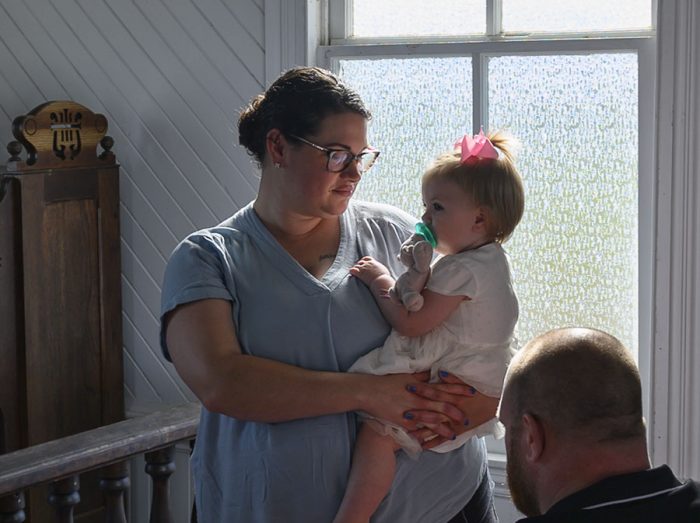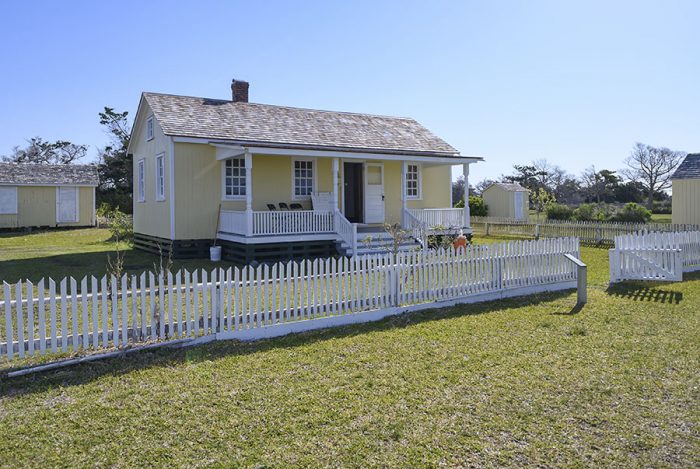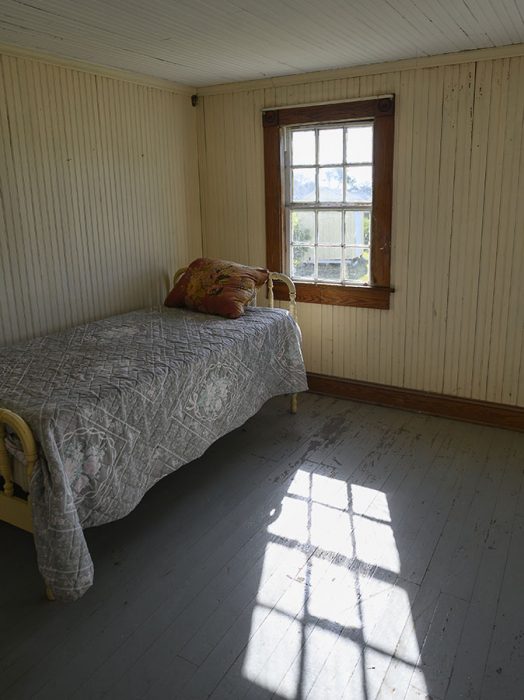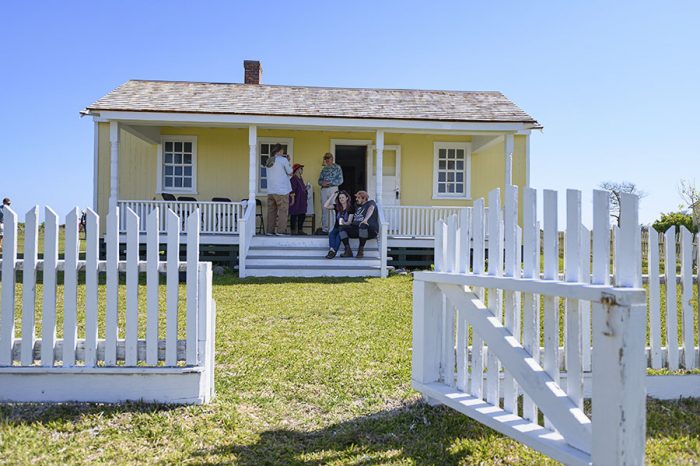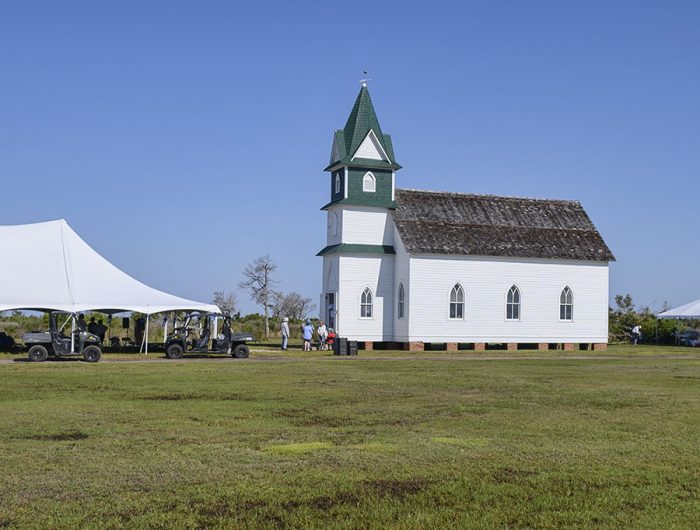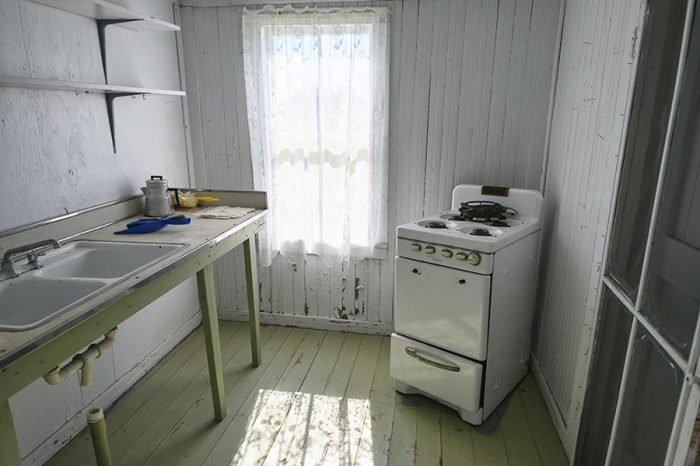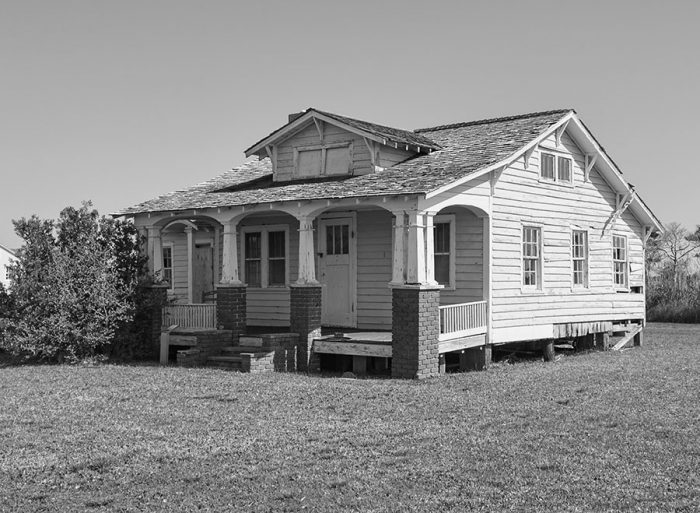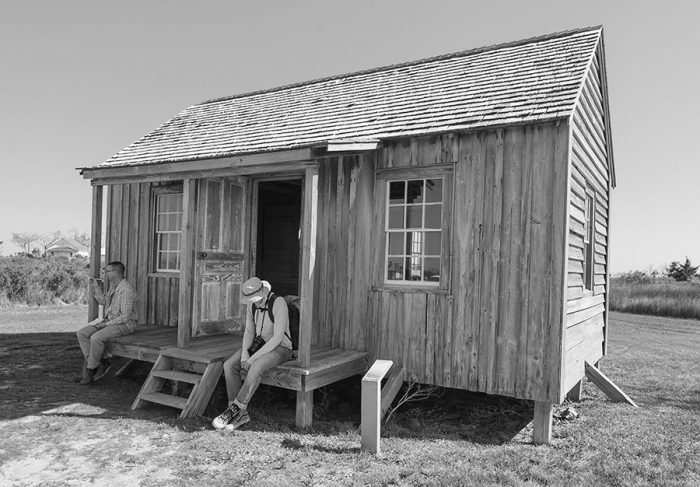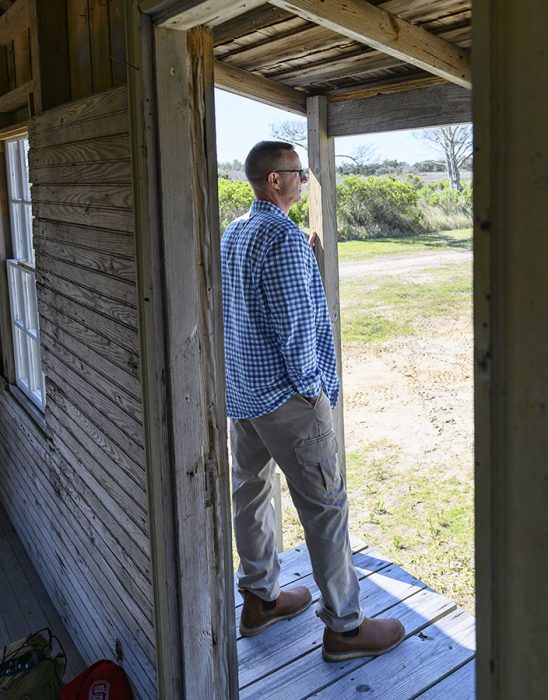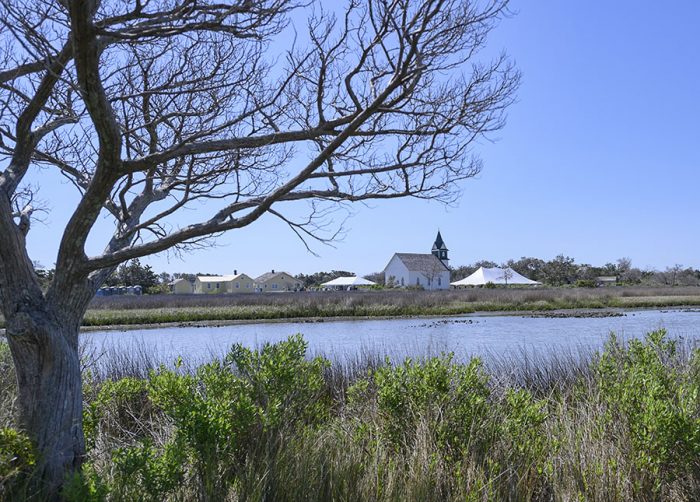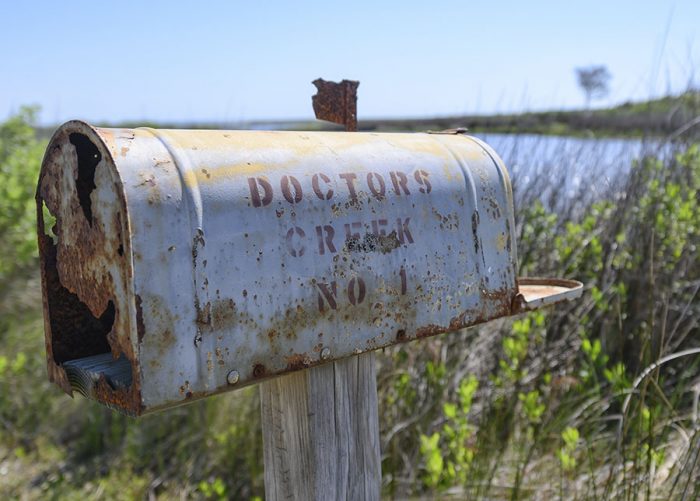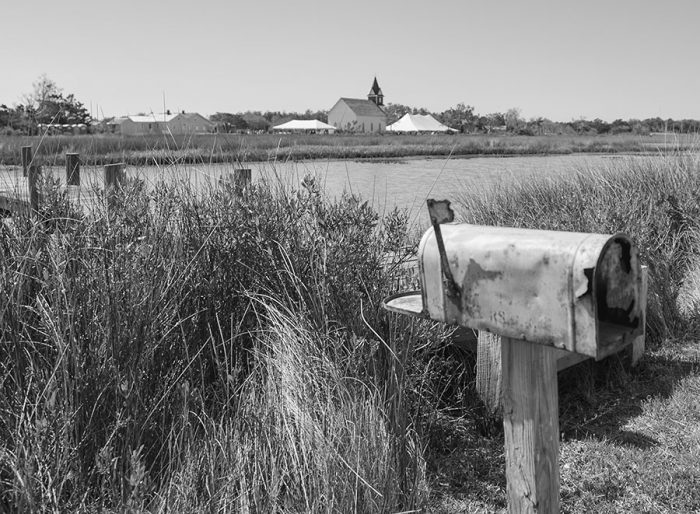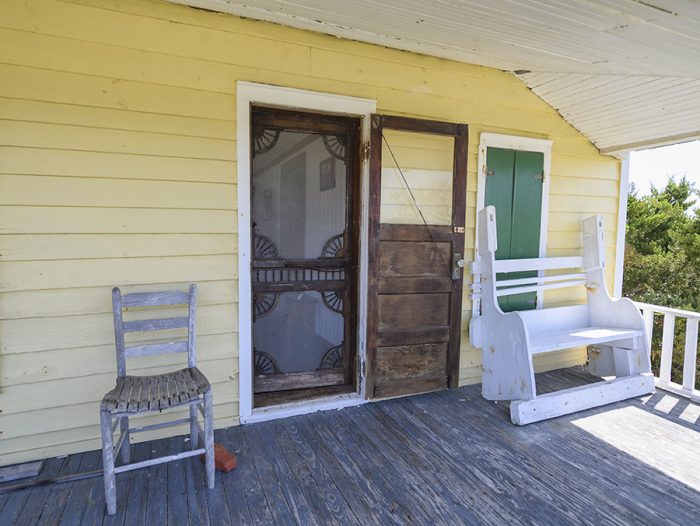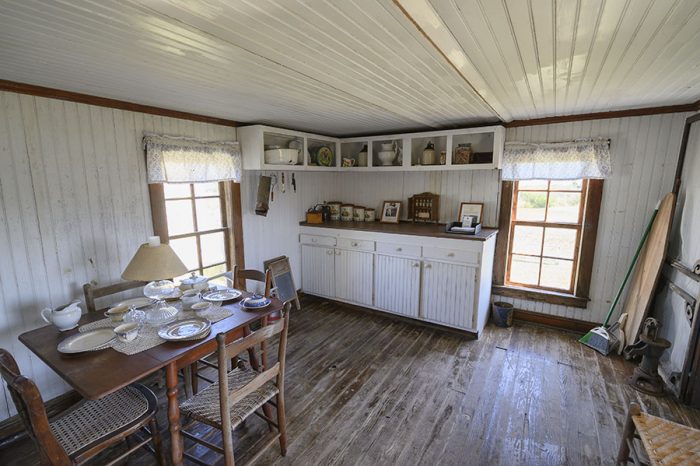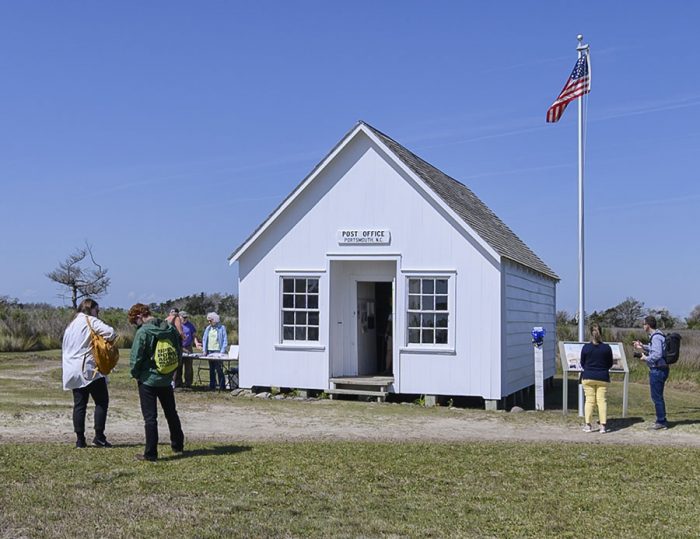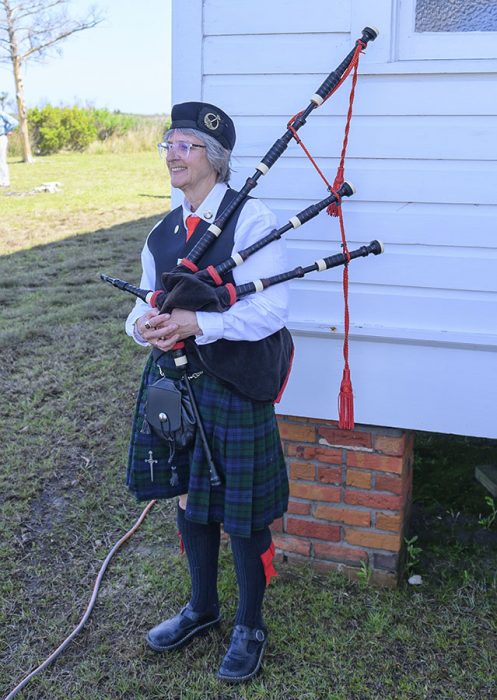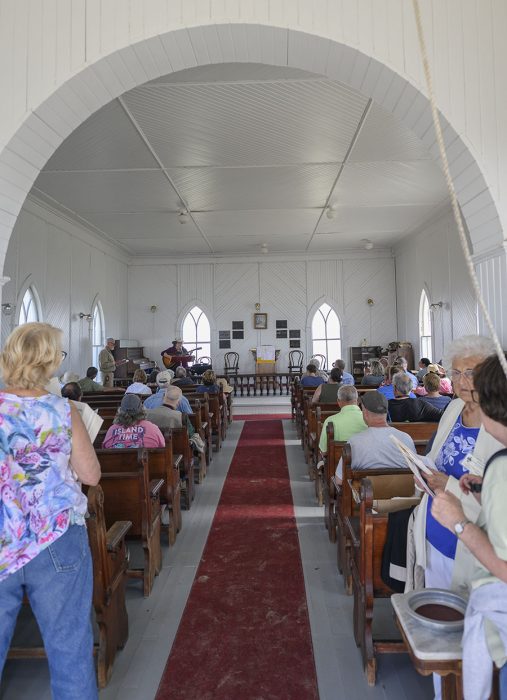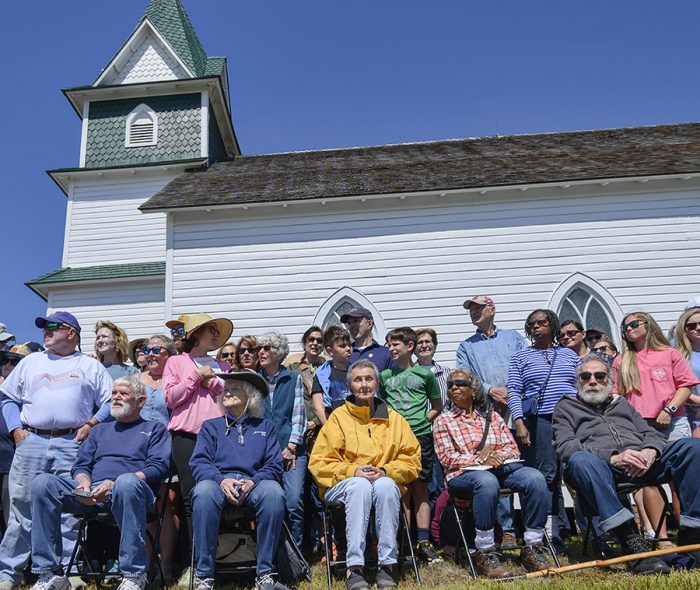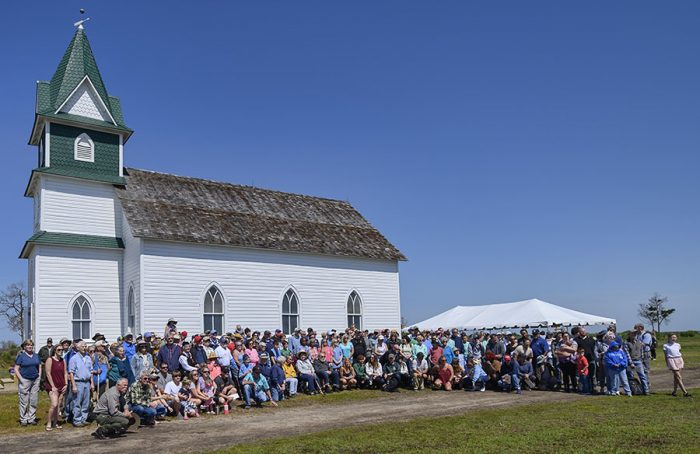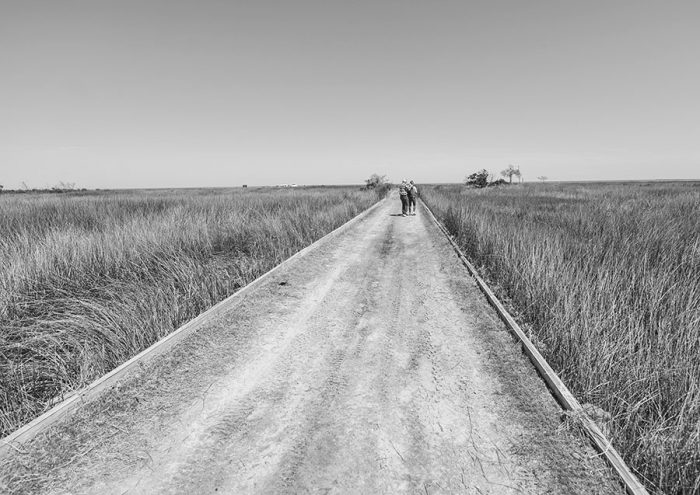Every two years, deserted Portsmouth Island comes alive with hundreds of descendants, friends, and visitors during a springtime event that honors the once-thriving village’s roots, and rekindles the island’s sense of community
This event is the Portsmouth Island Homecoming, and photographer Don Bowers was at this year’s celebration to capture the action throughout the day.
Though canceled in 2020 due to the Coronavirus pandemic, the more than 30-year tradition drew an enthusiastic crowd for 2022, with hundreds of attendees taking advantage of the beautiful spring weather, and the quick boat ride from Ocracoke to Portsmouth village, courtesy of Rudy Austin/Portsmouth Island Boat Tours.
Once on the island, a number of buildings and historic structures that are traditionally closed to the public were open to explore, including the Life Saving Station, Henry Pigott House, Lionel Gilgo House, Tom Gilgo House, Carl Dixon House, Jesse Babb House, McWilliams-Dixon House, Washington Roberts House, and the Styron-Bragg House.
The Methodist Church, one of the largest structures in the village, remained a hub of activity as it hosted presentations and a hymn singing, followed by a big group picture before the attendees gathered under the giant tent to feast on a sprawling potluck meal.
The theme for this year’s April 23 event was “Portsmouth Rises” – a fitting theme, considering Portsmouth’s survival of 2019’s Hurricane Dorian, as well the subsequent 2020 cancellation.
Friends of Portsmouth Island (FPI), which was formed in 1989, sponsored its first homecoming event on April 25, 1992, although similar Homecoming-style gatherings have occurred since 1973. Since then, the biennial gathering has attracted generations of family members, as well as newcomers, who tend to return year after year after their initial visit.
The history, as well as the enticing aesthetic of the small Portsmouth village, is what attracts many visitors who have no direct familial ties with the residents who carved out a hard life on the island for centuries.
Established in 1752, Portsmouth Island was once the biggest port community along the Outer Banks. At its peak in 1860, Portsmouth village had roughly 700 residents, which included 200 enslaved African Americans, 100 school-aged children, and two teachers.
But a series of events in the years after this peak would signal the village’s downfall. The Civil War led to two invasions of the island – first by the Confederates, and then by the Union forces – which in turn caused the temporary abandonment of the village.
A number of hurricanes that followed also hastened the decline. As new inlets opened on Hatteras Island and the northern Outer Banks, and a 1933 hurricane drove away many Portsmouth residents, the village dwindled. The U.S. Coast Guard Station was decommissioned in the 1930s, the school closed in 1943, and only the Post Office continued to function.
By the late 1960s, the village had just three residents: Henry Pigott, Marian Gray Babb, and Nora Dixon. Henry ran the mail boat from Portsmouth to Ocracoke, and took care of the last two elderly ladies, until he fell ill in 1970. He moved to Ocracoke Island and passed away in 1971, and the women moved away soon after.
But despite the fact that the village has been deserted for more than 50 years, its legacy is still very much alive. 2016 was the Homecoming’s biggest event in recent years with 450 attendees, and 2018’s event was a close second with at least 425 visitors in attendance.
Though the total attendance for this year’s event is not yet finalized, based on the hundreds of smiling faces spotted on Saturday, the 2022 Portsmouth Homecoming was another event for the record books.




